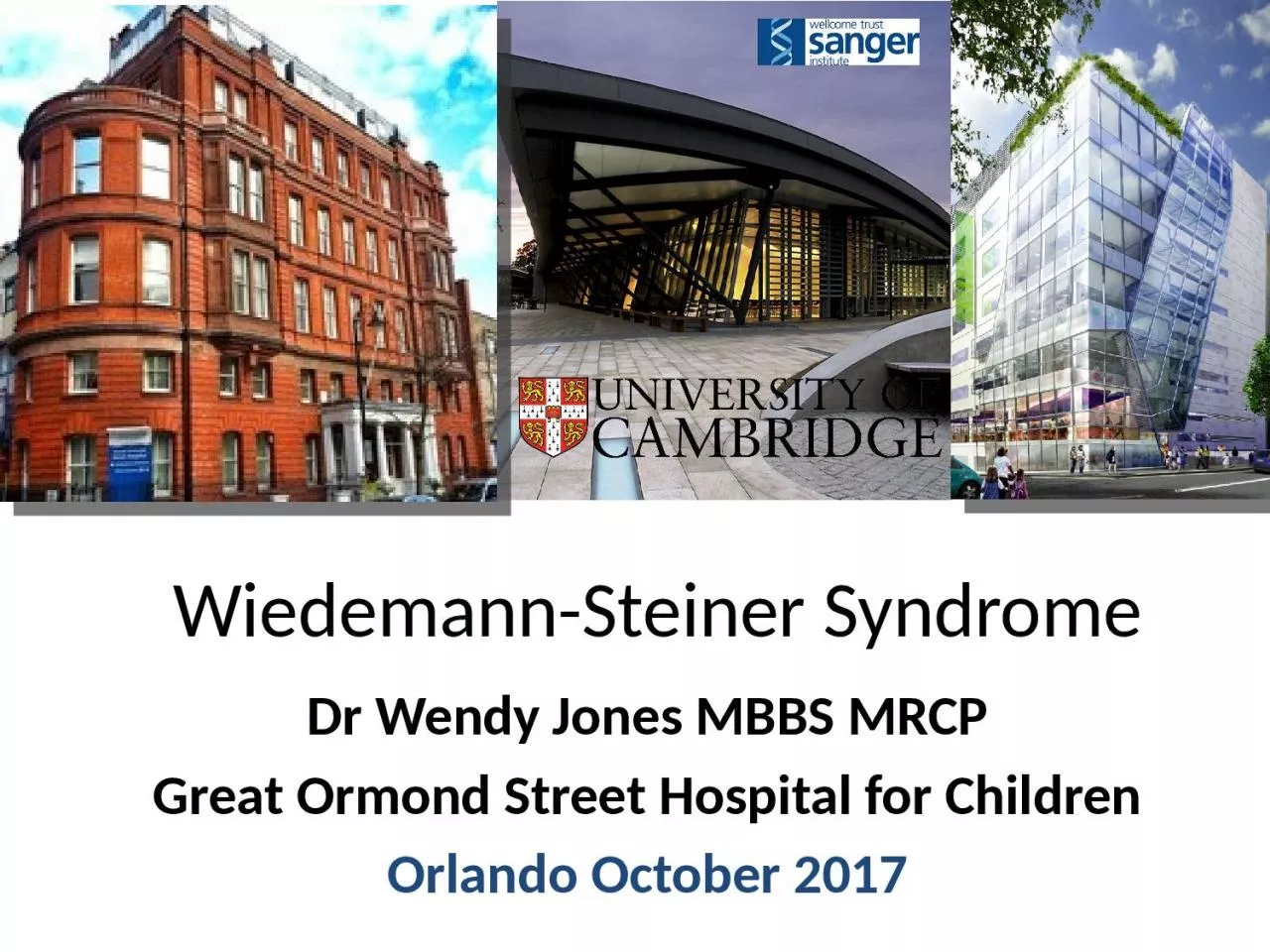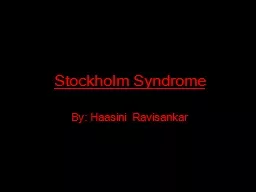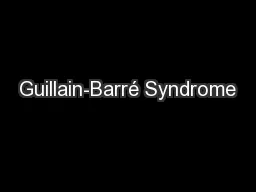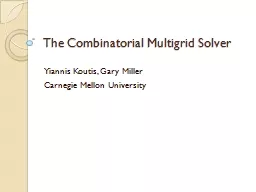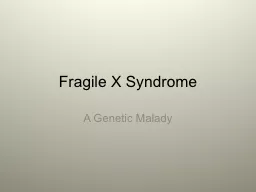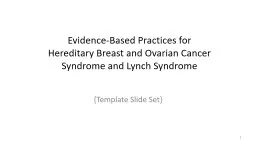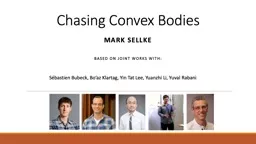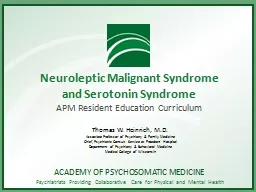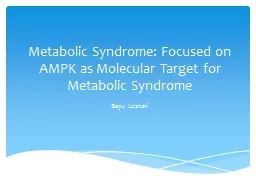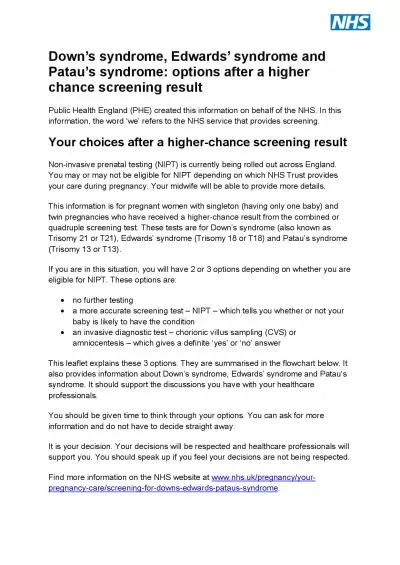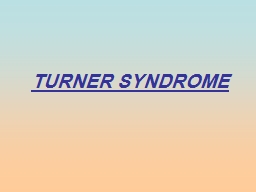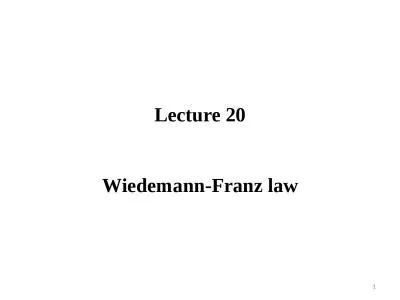PPT-Wiedemann-Steiner Syndrome
Author : valerie | Published Date : 2024-01-29
Dr Wendy Jones MBBS MRCP Great Ormond Street Hospital for Children Orlando October 2017 Wiedemann Steiner syndrome Wiedemann et al 1989 Atlas der klinischen Syndrome
Presentation Embed Code
Download Presentation
Download Presentation The PPT/PDF document "Wiedemann-Steiner Syndrome" is the property of its rightful owner. Permission is granted to download and print the materials on this website for personal, non-commercial use only, and to display it on your personal computer provided you do not modify the materials and that you retain all copyright notices contained in the materials. By downloading content from our website, you accept the terms of this agreement.
Wiedemann-Steiner Syndrome: Transcript
Download Rules Of Document
"Wiedemann-Steiner Syndrome"The content belongs to its owner. You may download and print it for personal use, without modification, and keep all copyright notices. By downloading, you agree to these terms.
Related Documents

